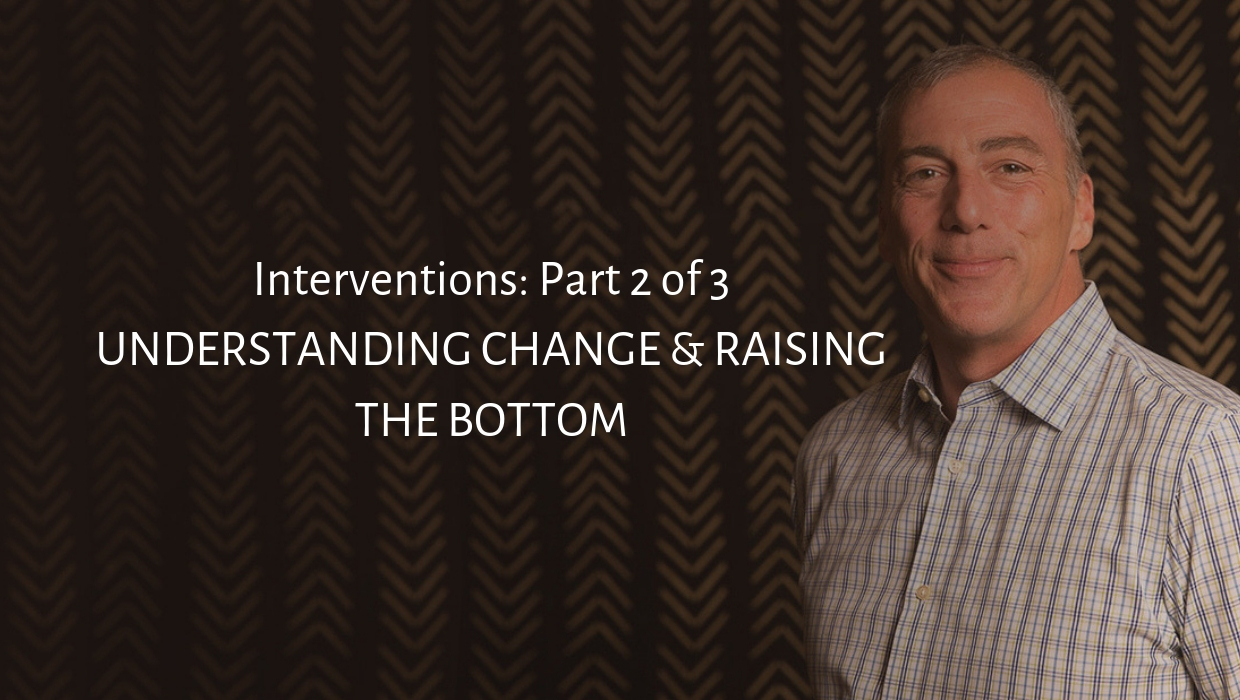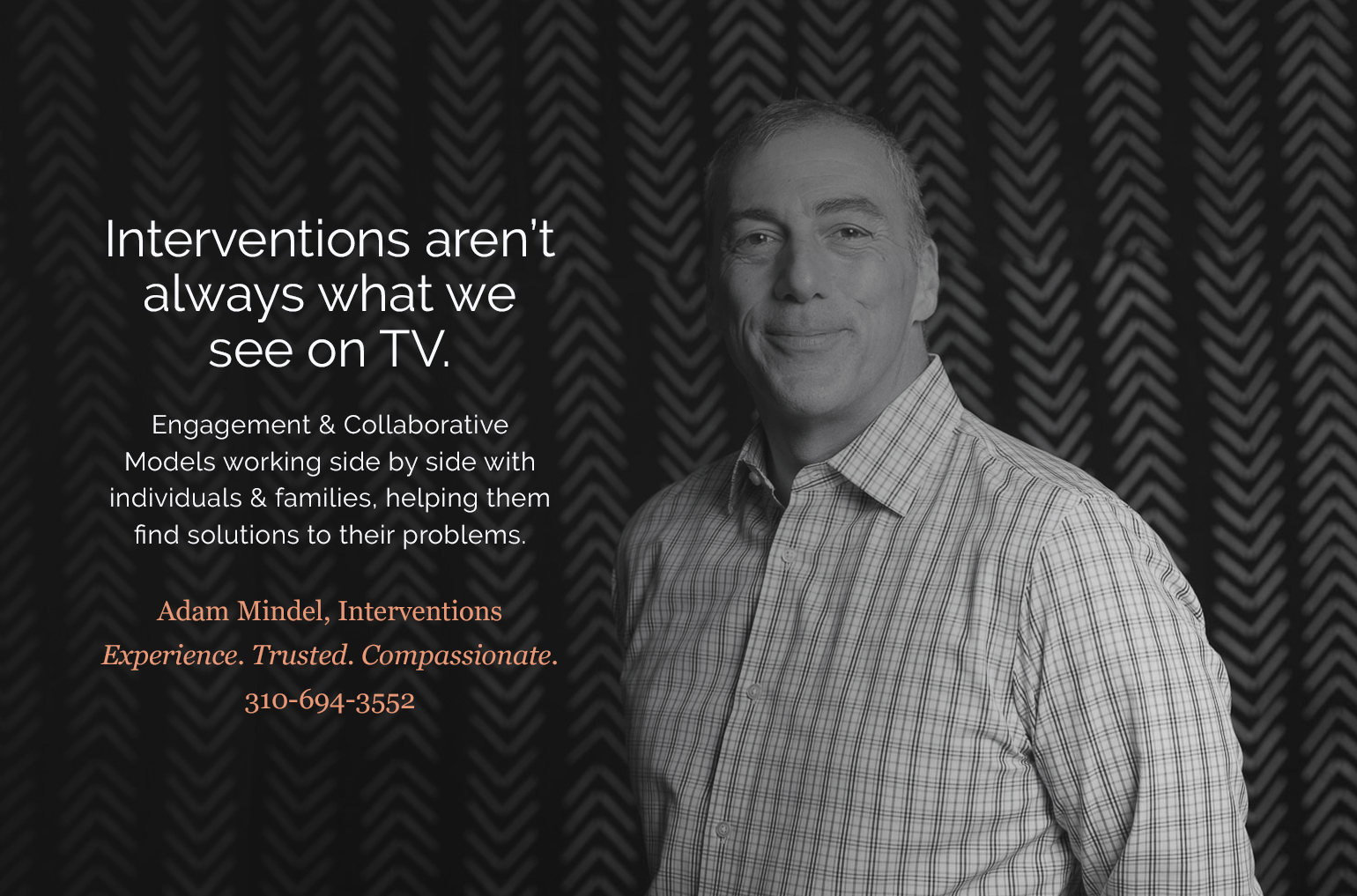Interventions: A Series | Part 2 of 3
Understanding Change and Raising The Bottom
Must Substance Abusers lose nearly all before getting help?
Interventions must address the particular circumstances of each client who might enter treatment and no, not every user has to “hit bottom” for intervention and subsequent treatment to be effective. Occasionally an individual might “hit bottom,” however defined and seek treatment. Most users though arrive at treatment due to the mounting stressors that accumulate through the course of their substance abuse. Whether it’s familial pressure, legal difficulties, job loss, or hospitalization, some form of coercion is usually present. Furthermore, studies have shown that coerced clients often have better outcomes than those entering treatment voluntarily.
“Individuals differ in severity of use and readiness to change as well as their therapeutic needs, waiting for individuals ambivalence to be resolved is not the answer.” Click To Tweet
Adam Mindel, Interventionist and Program Director of Recover Integrity.
Despite dated paradigms, conventional wisdom, and tacit implications that popular culture continually reinforces, the options Intervention present to the user for treatment can resolve a user’s ambivalence to change at every stage of substance use. With the destruction and lethality of substance abuse reaching pandemic proportions, outdated thinking on Intervention and subsequent modalities of treatment can be as harmful as waiting on the sidelines as users struggle to hopefully become ready to effectively address their substance use.
Effective intervention accepts the inconsistencies users present in their readiness to address their substance use. Simultaneous and contradictory attitudes are integral in formulating the insights and subsequent decisions on a path to recovery. Human beings can be quite complex.
Families and loved ones have to embrace ambivalence as a normal part of the process of change. Most clients enter treatment with conflicted feelings surrounding their substance use.
It’s important to understand that at a minimum, the role of treatment is to resolve ambivalence and consolidate a client’s often fleeting sense of motivation Click To Tweet
Adam Mindel
Intervention is very much a process of being able to meet the client where they are at. When appropriate and possible, Mindel has shifted his style of Intervention. “I like to work with families collaboratively so that they can better understand recovery as a process versus an event.” In collaborative models, open discussions are facilitated about addiction and the prospect of recovery. Users and their families develop a mutual understanding of each other. Families come to more realistic terms of recognizing the path to recovery as a process and users begin to recognize the absolute need to respect healthy boundaries. This is a model in which the whole system learns simultaneously.
As the process continues, work arrives at learning what level of services the user is willing to engage in. “We have to be patient enough to allow individuals to engage in their own starting point of care,” says Mindel. “Often in my own practice, a client might prefer to begin in Outpatient Treatment. If they have difficulty succeeding at this level, they may become more amenable to Residential Treatment.” This model of intervention is a consistent and transparent discussion of commitments, setbacks, and ultimately progress.
To assess whether a collaborative model of intervention might be appropriate for you or your loved one. Please contact Adam Mindel

